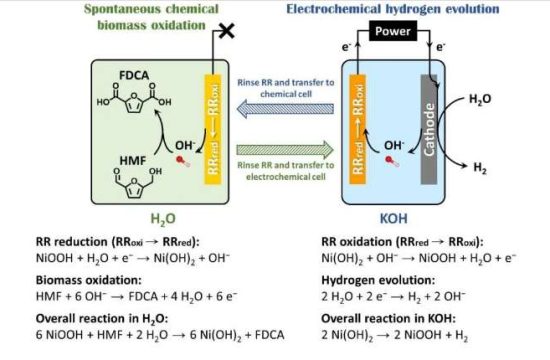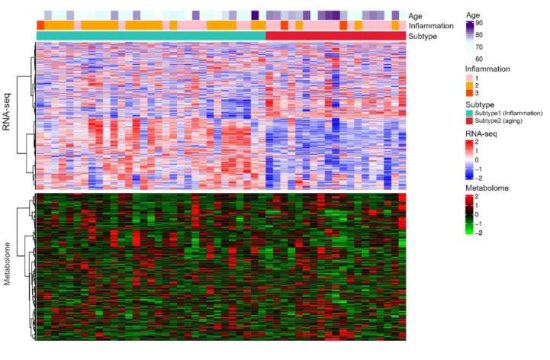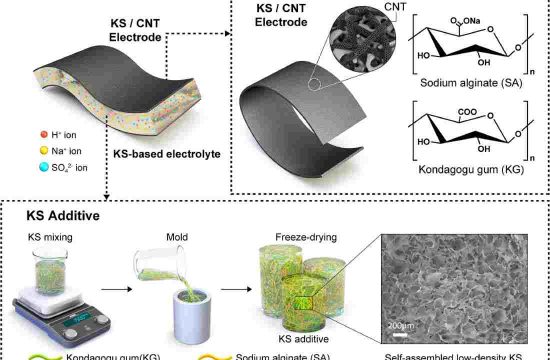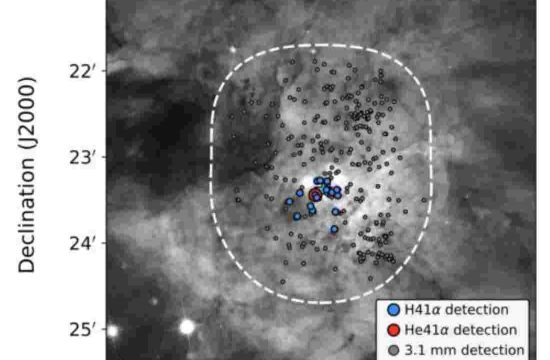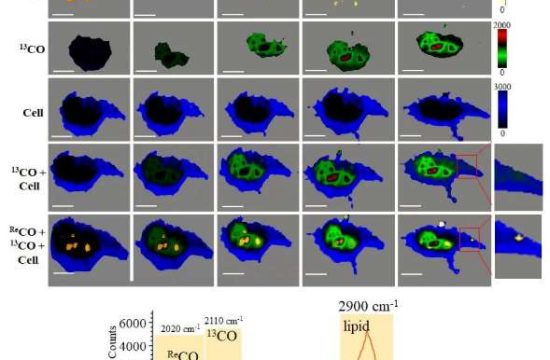
A new process control method developed by researchers from Daegu Gyeongbuk Institute of Science and Technology uses a special mathematical structure to accurately estimate the internal process variables of a system, even when external sensors are damaged.
Be it nuclear power plants, patient monitoring equipment in hospitals, or self-driving cars—integrations of physical processes with computers and process control, or cyber-physical systems (CPS), are everywhere.
However, the widespread application of CPS also makes them prime targets for hackers. A simple change in the value of a sensor can create havoc. Vulnerability to malicious attacks has created the need for systems that can withstand the corruption of sensors and still provide safe and efficient process control.
In a recent study published in IEEE Transactions on Automatic Control, Professor Yongsoon Eun from Daegu Gyeongbuk Institute of Science and Technology, and his colleague from Hyundai Motor Company, Yechan Jeong, have developed a method for resilient state estimation (RSE) for systems that are under attack.
State estimation refers to the use of external variables, i.e., sensor readings, to determine the internal state of the system using mathematical models called “observers.” This is a critical step in process control. When the internal state of a system can be determined despite the corruption of sensors, it is called RSE.
“Would you ride an autonomous vehicle or live near a computer-controlled power plant if safety and security were not considered in their design? The importance of resiliency in control systems has been recognized for over a decade.” explains Prof. Eun.
All control systems are subject to variations or “disturbances” in the process, which cause errors in state estimation. However, as the disturbance increases, so does the error, leading to a breakdown in system resiliency. Making use of a kind of observer known as “Unknown Input Observer (UIO),” the new RSE method overcomes this limitation and provides a way for state estimation that can withstand both malicious attacks as well as external disturbances.
In this method, a UIO is designed for each sensor, the estimates from each UIO are combined, and the error is processed to provide the true value of the internal state of the system. The benefit of using a UIO is that its estimation error always converges to zero, regardless of external disturbances to the process.
This is unlike other observers, which can only provide a range for estimation error. Another novelty of this method is that it deploys a ‘partial state UIO,’ a technique newly developed by Prof. Eun’s team, by which as much partial information on internal states as possible is extracted from each sensor when full state information extraction is not feasible. This greatly expands the applicability of the new RSE method based on UIO.
“The proposed method gives a system a level of tolerance for faults and attacks and, in cases where it is inevitable, allows graceful degradation of system functionality. This makes it crucial to the design of CPS,” concludes Prof. Eun.



